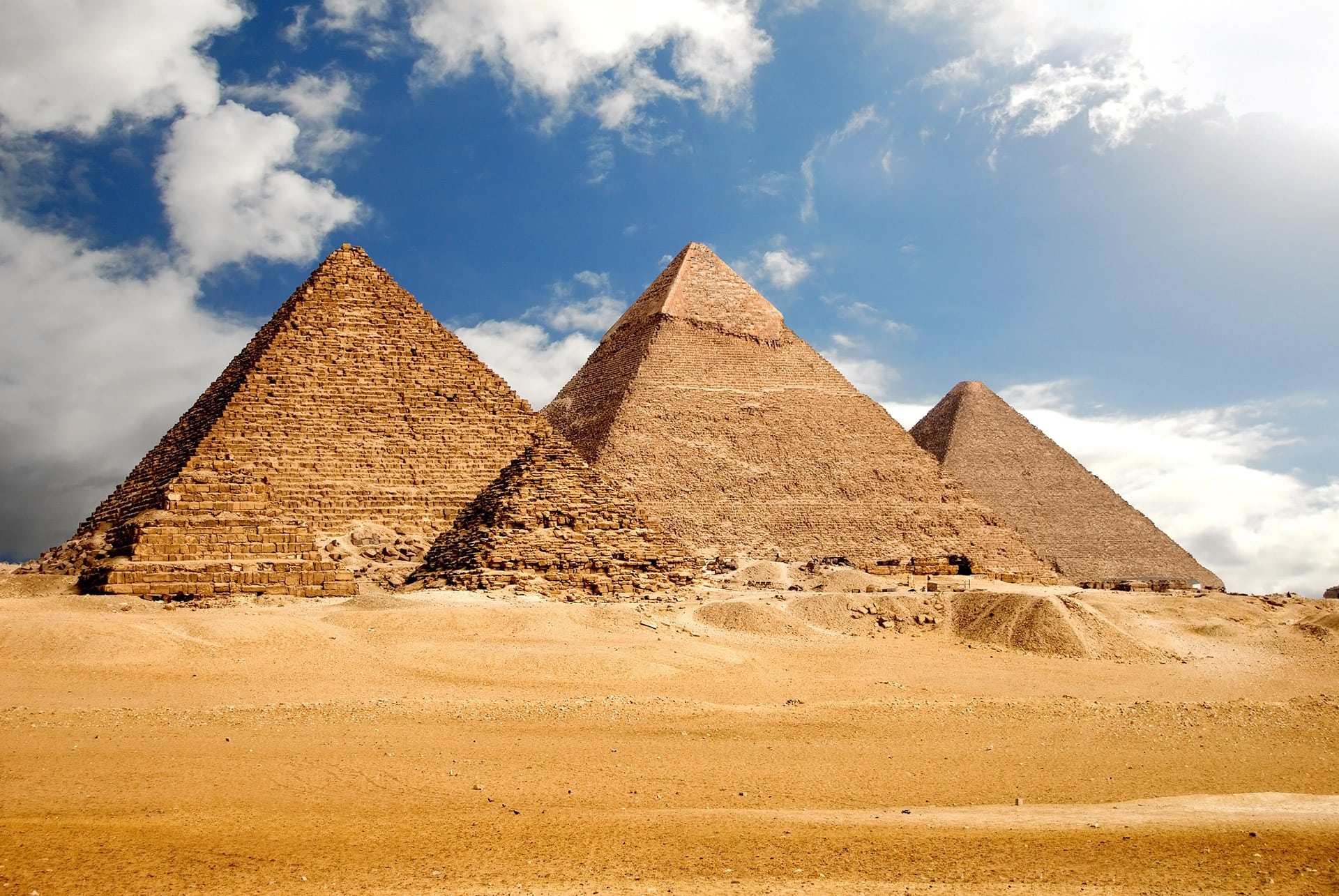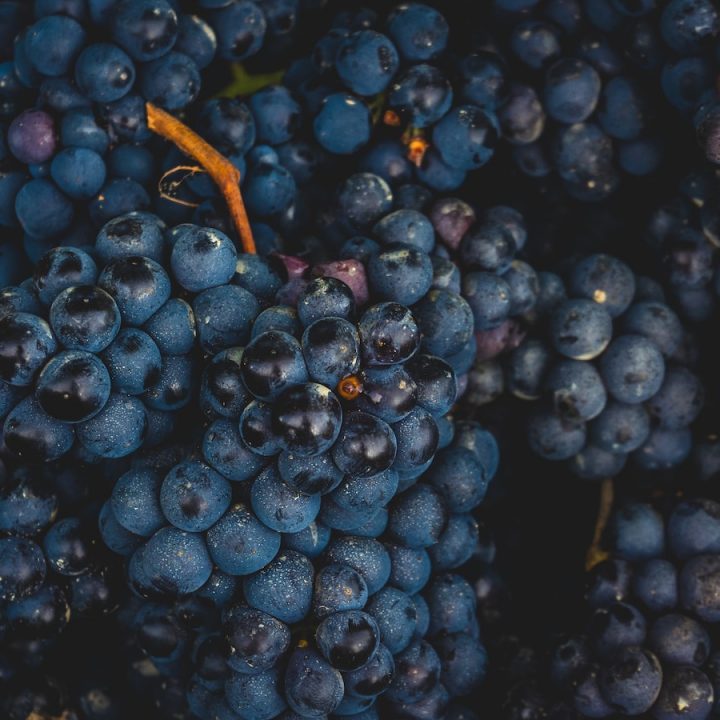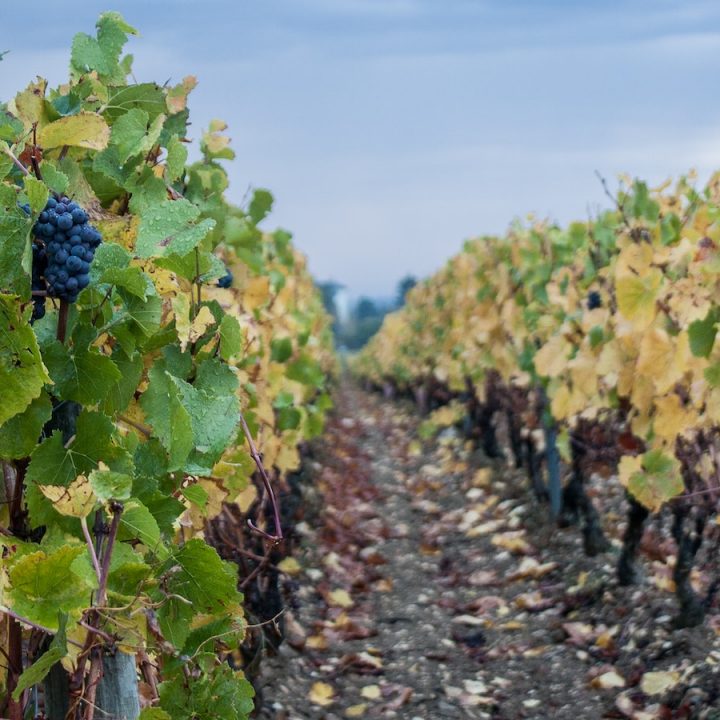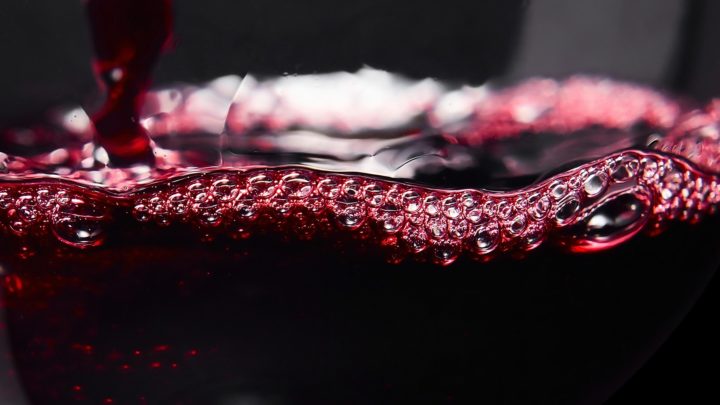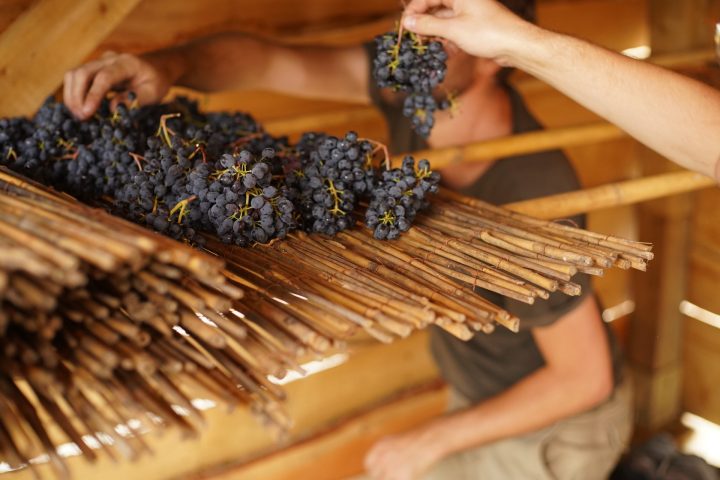Wines from Egypt? Even connoisseurs shake their heads in confusion. In terms of viticulture, the land of the pharaohs has seen a lot of change in recent years. In the meantime, wines from the Nile even hold their own with trade audiences on the international stage.
Viticulture has a long tradition in Egypt. The cult of the grape juice and the high esteem of wine as a drink of the elite even dates back to the pharaohs themselves. A modest attempt to revive viticulture was made at the end of the 19th century. But Egyptian wine was not really edible. However, a new wind has been blowing for a few years now. In order to defy the climatic conditions, the vines are unceremoniously tricked and the winemakers also have to show creativity in the processing of the grapes. But the effort pays off. Egyptian wines have received several awards in London, Brussels and Montpellier. It is particularly noteworthy that the fine wines from the Nile are of organic quality.
Wine in Egypt: a small inventory
Every country needs its own good wine, but so far the word had obviously not spread to Egypt. Tourists returning from the Red Sea resorts knew true horror stories to tell. Sour was almost to be understood as a compliment for the local wine. Those who had to go to Cairo on a business trip and wanted to end the evening with a glass of wine also had the choice between plague and cholera. In other words: Either the bartender poured a local drop or imported goods were served, which were concocted from cheap grape juice concentrates.
Wine is not an entirely unencumbered topic in the most populous Arab country. On the one hand, there are religious aspects. The majority of Egypt’s nearly 100 million inhabitants profess Islam. There, alcohol is harām, which means forbidden. Pork shares this fate. Nevertheless, alcohol is not prohibited in the country on the Nile. It is served in the large international hotels and in bars in Cairo, Alexandria and the tourist centers on the Red Sea.
If you want to buy wine for home, go to one of the stores called Drinkies . A few bottles of white and red wine are bobbing around there, and rosé is also available. In addition to local goods, there is occasionally wine from France and Italy – at a price that defies any relation. This is because the Egyptian state taxes imported wines at 3,000 percent.
The wine culture was born on the Nile
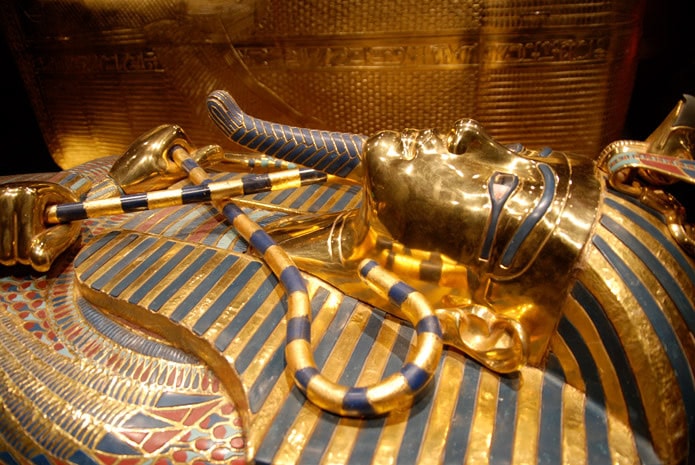
But it was once quite different with the wine. In ancient times, he was the talk of the town. Wine counted as food and was used for medicinal purposes: for example, as a disinfectant, cough syrup or against fever.
In ancient Egypt, the cultivation of wine had already begun in pre-dynastic times. Wine glasses are already found as grave goods in the first dynasty – which at the same time means that wine was the drink of the upper class. The wineries were run exclusively by members of the nobility. Owning a vineyard was as prestigious as owning a yacht or an expensive sports car is today. To the common people was served only on the occasion of certain religious festivals.
Spiritual qualities were also attributed to the wine. The bottom line is that wine culture has begun its triumphant march around the world from the Nile. There, they first knew how to give cult status to a good drop. Through representations in tombs, but also through the chemical analysis of remains in jars and amphorae, the wine culture of the ancient Egyptians can be well reconstructed.
The ancient grape varieties are also well known: Irep Mehu from the Nile Delta, the ancient center of viticulture, Irep Bes, Irep Imit, both named after the place of their production, and a sweet wine with high alcohol content called Irep Dedjem.
With pleasure one put still dried fruits or honey to the wine. The Egyptians drank mainly red wine. From amphorae in the tomb of Pharaoh Tutankhamun, however, it is known that imported white wine was also served.
Revival of Egyptian viticulture at the end of the 19th century
After Islam entered Egypt from the 7th century, wine production came to a halt. The Egyptian Jews alone seemed to have produced wine for their own use throughout the Middle Ages. It was not until the end of the 19th century that viticulture experienced a revival in the land of the Pharaohs.
Greek-Egyptian entrepreneur Nestor Gianaclis planted the first modern vineyard south of Alexandria in the Nile Delta in 1882. Gradually, a modest but nevertheless noteworthy wine industry emerged , which expanded continuously until 1952.
“The wood would expand in this climate and air would get into the barrels. Then the wine would be ruined.”
Then the monarchy was changed to a presidential system, which led to the nationalization of vines and breweries on the Nile in 1963. Poor management and the emergence of conservative Islamic currents in society led to the Decline of the revived wine culture. The company, which Gianaclis had taken over, was privatized in 1997 and five years later to
Heineken
sold. But this was not the only reason why Egyptian viticulture met such a sad fate.
In 1970, the Aswan Dam was opened in the south of the country. What was a blessing for some turned out to be a curse for others. For suddenly the fertile Nile mud, which for millennia had provided fertile soil after the annual flood, failed to materialize. This was fatal for the vines.
Experiments have revitalized viticulture
In desperation to produce a usable wine after all, grapes were imported from abroad, mostly from Lebanon. Besides Gianaclis, there were two other wine producers on the Nile at the time: Chateau des Reves and Obelisk. Around the year 2000, experiments were started at Gianaclis.
Vines were imported from abroad, mainly from France and Italy. The vines, however, were troubled by the climate. There is hardly any rain in Egypt and in summer temperatures rise to over 40 degrees in the shade. This requires special irrigation systems.
The German-Egyptian Karim Hwaidak can tell you a thing or two about it. He has experimented with 30 different grape varieties over a period of years – on a 75-hectare vineyard in the desert 50 kilometers from Cairo and on another 220-hectare site in the south of the country near Luxor. In 2005, Gianaclis knocked on his door and asked for his grapes. Although he sells them to the group, he keeps the best ones for himself – and makes his own wine from them. In 2007, under the name Sahara Vineyards, his first own wine was launched, a blend of Viognier and Chardonnay. In 2008, the production was already 60,000 bottles.
At Sahara Vineyards, the white wine is called Caspar, the red wine Nermin. Hwaidak named them after his children. He has also found his grape varieties in the meantime. For his red wine he uses a blend of Syrah and Carignan varieties. The white wine range presents itself more extensive. There is a Viognier, a Chenin Blanc as well as a Blanc de Noirs from the Grenache Noir variety. Hwaidak produces on the site of Gianaclis.
However, if one believes the rumors that are currently circulating on the Nile, a major coup by Sahara Vineyards is to be expected soon.
Heat and sandy soils are the biggest challenge
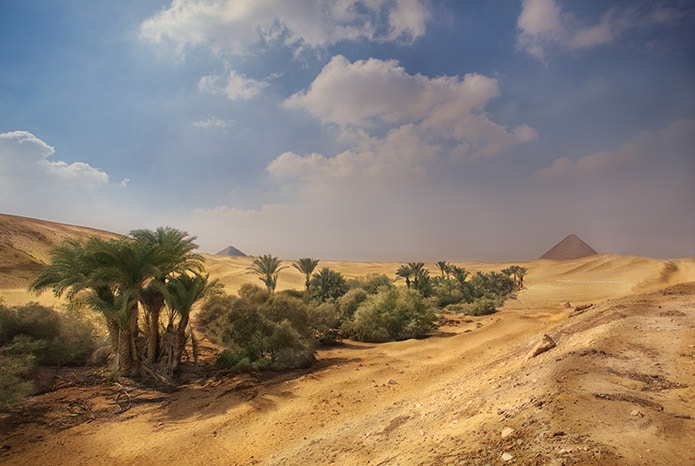
In the meantime goes
Kouroum of the Nile
is also on the road to international success. Behind it is the ambitious project of billionaire Samih Sawiris, who has already had the artificial lagoon city of El Gouna stamped out of the desert sand. There is also his winery.
The first vines were planted in 2002. Three years later, wine production started on the Red Sea. The Lebanese couple Rania and Labib Kallas are still responsible for this today. She is the manager of the winery, he is the winemaker. The mission was clear: to produce an edible Egyptian wine.
However, the vineyards are far from the Red Sea. One is located in the Nile Delta between Cairo and Alexandria, another 250 km south of Cairo. Today, the varieties grown are Cabernet Sauvignon, Chardonnay, Grenache, Merlot, Petit Verdot, Pinot Noir, Syrah and Vermentino.
However, the experimentation is not over yet. The vines, some of which have been flown in specially from France and Italy, are planted in different locations to find out which grape can be cultivated best where. This is often a gamble. For to the great heat comes the sandy soil.
Egypt makes a comeback on the world map of wine
Processing the grapes is also a challenge on the Nile. The red wine, in particular, gave Labib Kallas a hard time at Kouroum of the Nile. Because it must actually be stored in wooden barrels. This is not possible due to the climatic conditions in El Gouna. “The wood would expand in this climate and air would get into the barrels. Then the wine would be ruined”, Rania Kallas says.
Thus, at Kouroum of the Nile, they store the red wine in metal barrels and add wood chips for the characteristic aroma. The government strictly monitors wine production. More than four million bottles per year may not be produced in the winery in El Gouna.
Kouroum of the Nile produces in organic quality. But not only that, but also the taste can convince. The wines from Egypt have won several European awards. Thus, they were awarded at the Challenge Millésime Bio in Montpellier, at the Concours Mondial in Brussels and at the Decanter World Wine Awards in London.
These are more than just respectable successes. Currently, Kouroum of the Nile does not export its fine wines. But what is not, shall soon become. In any case, the first milestone has been reached: the land of the pharaohs is back on the world map of wine.
Image source Cover image: ©karimhesham – iStock.com
